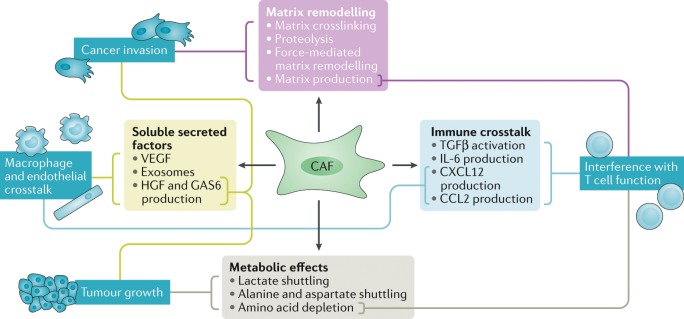Fig. 2. Summary of cancer-associated fibroblast functions and the mechanisms by which they are achieved.
Dark blue text boxes indicate the biological functions being regulated, with light blue, green, purple and grey text boxes indicating the processes and mechanisms leading to the control of function. Lines connect mechanisms to functions. Both matrix remodelling and the production of soluble factors contribute to increased tumour cell invasion. Soluble factors also contribute to changes in tumour growth and the immune microenvironment, which is also affected by the altered metabolic state of the tumour. CAF, cancer-associated fibroblast; CCL2, CC-chemokine ligand 2; CXCL12, CXC-chemokine ligand 12; IL-6, interleukin-6; GAS6, growth arrest-specific protein 6; HGF, hepatocyte growth factor; TGFβ, transforming growth factor-β; VEGF, vascular endothelial growth factor.

